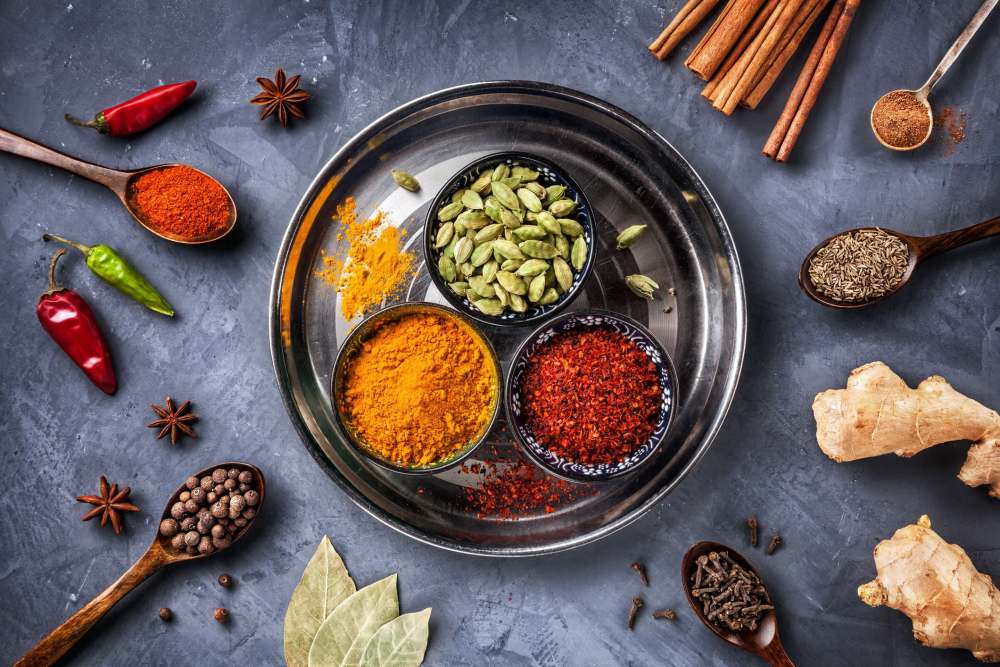The thermogenic diet is essentially composed of foods known as thermogenic, that is, foods that accelerate metabolism and promote weight loss.
These foods force the metabolism to work harder on the digestive process, thus increasing the burning of fat and calories. In addition, the best thing is that, with the exception of tea and coffee (which should be avoided by pregnant and lactating women, hypertensive or with gastritis and ulcers), all foods in the thermogenic diet can be consumed by people of any age without previous pathologies, since they are healthy.
Thanks to this, the thermogenic diet meal plan is easy to follow and accessible to everyone. You want to know more? Keep reading!
Thermogenesis, the metabolic process on which this diet is based
The thermogenic diet has its reason for being in a process known as thermogenesis, which is what our metabolism uses to burn calories in the body. Therefore, thermogenesis is the process of increasing body heat that helps burn calories . That way, the more heat you produce, the more calories you burn and the faster the process will be.
Thus, it is possible to increase the body's calorie burning rate by activating thermogenesis. If you also add the practice of daily exercise to the thermogenic diet, the results will be excellent.

Benefits of a thermogenic diet
The thermogenic diet has grown in popularity and there is a good reason for this: in addition to good physical results, this particular type of diet is capable of providing several health-related benefits . Thus, those who want to lose weight or improve their general health will be able to achieve their goals through this diet. Some of its most prominent benefits are:
Accelerates the metabolic rate
Although this depends on each organism, the consumption of thermogenic foods can accelerate the metabolic rate by up to 30% .
Power fat burning
Thermogenic foods are capable of promoting fat loss. This is because by consuming them and exercising, you can burn extra calories and lose more fat than you normally would.
Reduce the cholesterol
High cholesterol can be a major health problem. This can directly lead to diabetes, which will negatively affect the rest of your life. Thermogenic foods are able to lower cholesterol to a certain extent because they help burn fat.
Eliminate toxins
Allowing toxins to remain within the body will increase the risk of disease. A thermogenic diet can help the body to sweat more profusely , which can release toxins.
Thermogenic foods
To be able to carry out the thermogenic diet and promote weight loss, it is enough to introduce this type of food in your diet (if possible, at all meals) and exercise at least 3 or 4 times a week.
Cinnamon
This low-calorie spice helps balance blood sugar , which can be a major factor in weight loss. It has numerous antioxidants and phytochemicals and has been linked to lowering cholesterol and triglyceride levels in people who have diabetes. In addition, it also prolongs the feeling of fullness and reduces the desire to eat sweets.
Ginger
Ginger stimulates the production of substances such as dopamine, which are responsible for promoting increased fat burning . In the same way, the absorption of ingested fat decreases.
Coconut oil
The molecular structure of this oil prevents it from being stored as fat in our intestines. On the contrary, when we ingest it it travels directly to the liver where it can be used as energy for the body. It can be used to replace "bad" fats in the diet and has been associated with decreased belly fat in obese women.
Green Tea
Green tea contains substances such as caffeine and epigallocatechins that stimulate the use of fat stores as an energy source . Hence, increased metabolic levels.
Protein
Diet-induced thermogenesis can also be affected by the proportion of macronutrients consumed – carbohydrates, fats, and proteins – with protein- rich diets being the most thermogenic compared to carbohydrate- or fat-rich diets, according to researcher Helen H. Hermsdorff from the University of Navarra, in Pamplona, Spain.
Black pepper and cayenne pepper
Capsaicin , the substance that gives spices like cayenne their pungent flavor, increases thermogenesis: in studies conducted in Japanese men and women who consumed food with this substance, participants experienced an increase in energy expenditure immediately after their meal.
Similarly, black pepper contains piperine, a substance that has been shown to influence thermogenesis through stimulation of the nervous system.